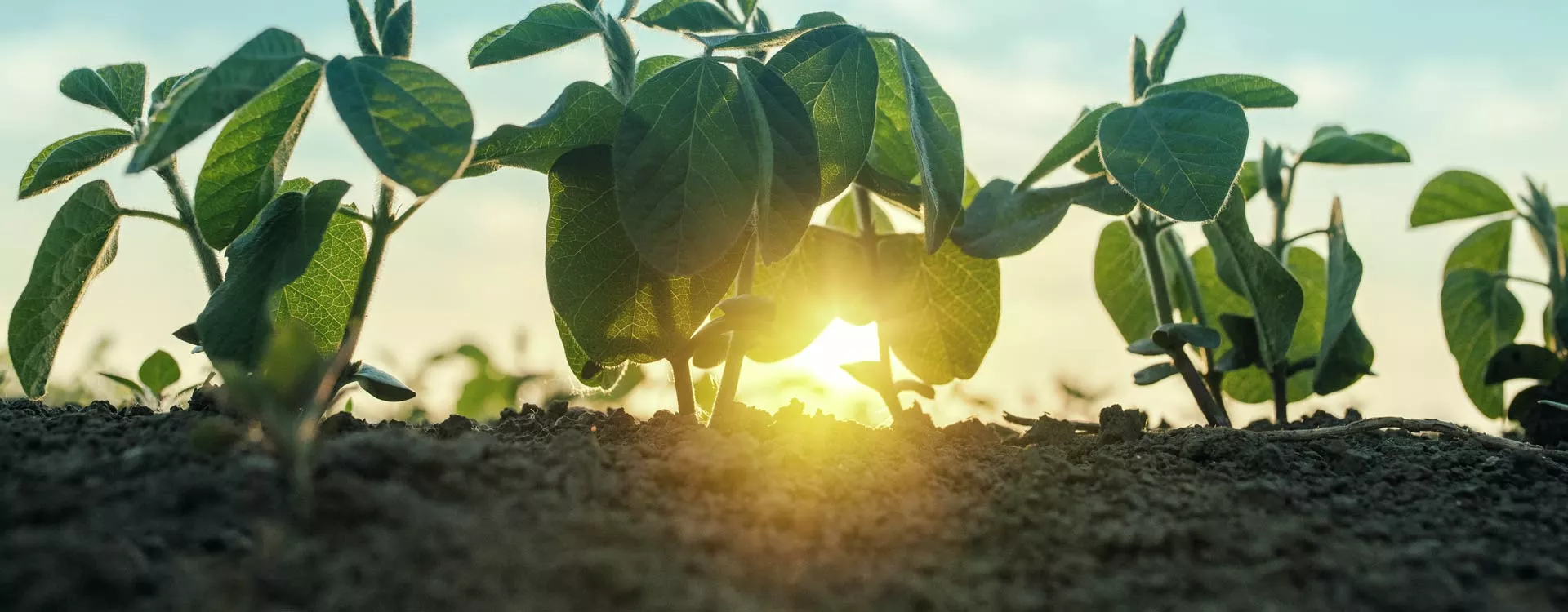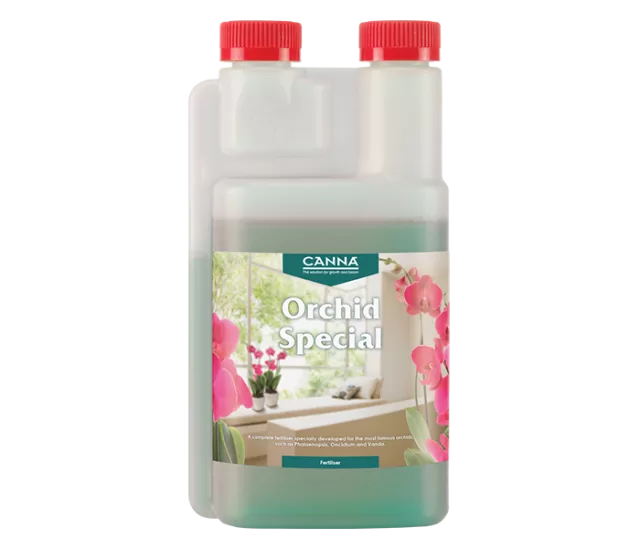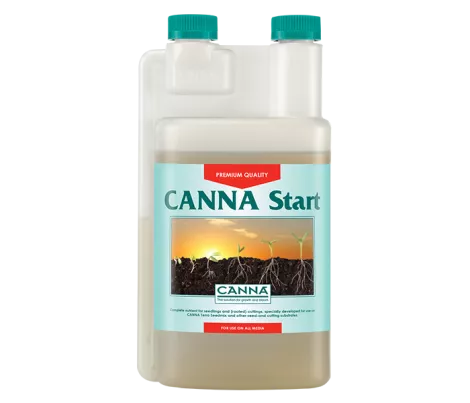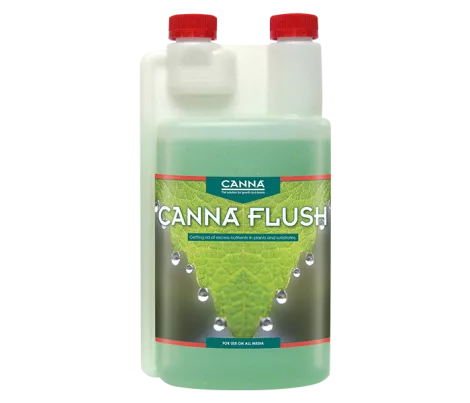Benefits
What are the best-known orchid species?
Phalaenopsis orchids are the best-selling flowering houseplants in the Netherlands. There is at least one of these orchids on the windowsill in almost every house. With the CANNA Orchid Special, you can better maintain the health of the plant and stimulate it to bloom again.
In addition to Phalaenopsis orchids, there are many species with their own growth and flowering methods, and corresponding nutritional needs. These more exotic species are mainly found among enthusiasts. Use CANNA Orchid Special for large, healthy show plants full of flowers. Examples of these include Cymbidium, Dendrobium nobile, and Vanda.
9 tips for Growing Orchids
- Place orchids in a bright spot but avoid placing them in the bright sun.
- Give a blooming potted orchid nutrients every week for an extra long, abundant, colorful bloom. Submerge the orchid with a nutrient solution.
- Most orchids are dormant in the winter. Feeding them once a month is sufficient then. The plants still need a lot of light (not in full sun, but certainly not in the dark).
- If it is very warm and dry, the plants can be submerged an extra time with water. Tap water can be used for the nutrients, but the plants prefer rainwater. Water that is too hard contains a lot of lime, which can be harmful to the orchids.
- After a minimum of 15 minutes and a maximum of 4 hours of submerging, the excess water must be poured out of the pot. Orchids tolerate water in the pot very poorly; the roots will rot very quickly (within a few days).
- Vandas are not grown in a pot and are therefore best hung in a damp room, such as the bathroom, provided there is sufficient daylight. The roots can be moistened with a plant sprayer containing the nutrient solution.
- When an orchid has finished blooming, the flower stem must be cut away. For Dendrobium nobile, the old shoots must be cut away, and the new flower stems will bloom. After cutting, the plants can be moved to a slightly cooler room until the first new shoots and buds become visible. Do not place the plants in an area that is too cold (∼5∘C cooler than the living room is enough).
- The newly formed flower stems are best attached to the stakes only when they have flower buds. This minimizes the chance of breakage.
- To give the roots enough room, the plants can be placed in a larger pot once a year, preferably in the spring. Orchids can only be placed in a special orchid substrate, which is a type of bark.
How to use?
- Shake well before use.
- Add 3 ml to 1 liter of water and let it come to room temperature first. Water that is too cold directly from the tap can damage the roots.
- Submerge the orchid for 5 minutes. Let the plant drain for a while and then place it back.
Storage Instructions
- Keep bottles hermetically sealed.
- Store exclusively in the original packaging.
- Protect from heat, frost, and direct sunlight.
- Recommended storage temperature 10–30 °C.
- The packaging is made of 100% recyclable Polyethylene (PVC- and cadmium-free).
Warning
- Causes serious eye irritation.
- Keep out of reach of children.
Additional info
Additional info
Image
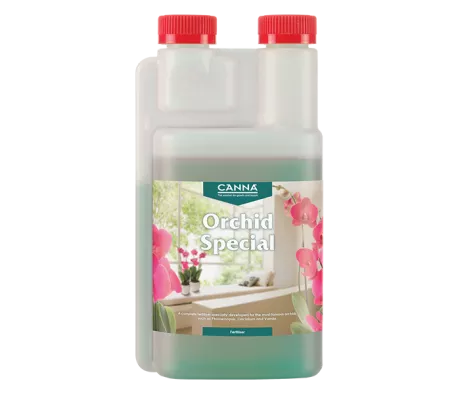
Available in
250ML
Image
